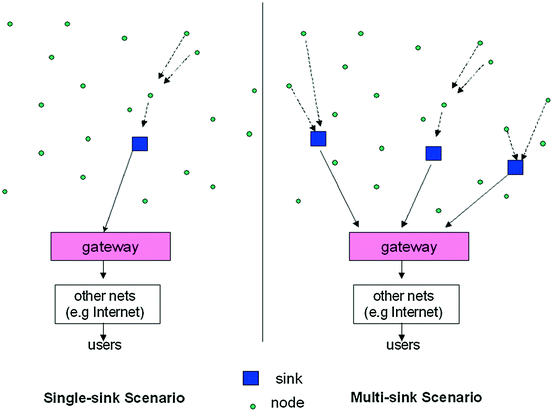This chapter introduces the topic of Wireless Sensor Networks (WSNs), providing a definition and describes the main characteristics and features of this kind of networks. A brief overview of the state of the art of the research in this field, with particular attention toward the main European projects, is also provided. The IEEE 802.15.4 standard, reference technology of this book for the realisation of such networks, is described. This chapter is structured as follows. In further readings on the topic are recalled.
1.1 Wireless Sensor Networks Fundamentals
A WSN []. The data is forwarded, possibly via multiple hops, to a

(sometimes denoted as

or

) that can use it locally or is connected to other networks (e.g., the Internet) through a

. The nodes can be stationary or moving. They can be aware of their locations or not. They can be homogeneous or not. Monitoring and communication are performed cooperatively by the nodes.
In Fig. (left part) a traditional single-sink WSN is shown. This single-sink scenario suffers from the lack of scalability: by increasing the number of nodes, the amount of data gathered by the sink increases and once its capacity is reached, the network size can not be augmented. Moreover, for reasons related to MAC and routing aspects, the network performance cannot be considered independent from the network size.
Fig. 1.1
Left part : single-sink WSN. Right part : multi-sink scenario
A more general scenario includes multiple sinks in the network (see Fig. ). From the protocol viewpoint, this means that a selection can be carried out on the basis of a suitable criterion, such as, for example, minimum delay, maximum throughput, minimum number of hops, etc.. Therefore, the presence of multiple sinks ensures better network performance with respect to the single-sink case (assuming the same number of nodes is deployed over the same area), but the communication protocols must be more complex and should be designed according to suitable criteria.
1.1.1 Main Features of WSNs
The main features of WSNs are: scalability with respect to the number of nodes in the network, self-organisation, self-healing, energy efficiency, a sufficient degree of connectivity among nodes, low complexity, low cost, and small size of nodes. Protocol architectures and technical solutions providing such features can be considered as a potential framework for the creation of these networks. Unfortunately, the definition of such a protocol architecture and a corresponding technical solution is not simple, and research is still needed [].
The massive research on WSNs started after the year 2000. However, it took advantage of the outcome of the research on wireless networks performed since the middle of the previous century. In particular, the study of ad hoc networks attracted a lot of attention for several decades, and some researchers tried to apply their skills, acquired in the field of ad hoc networking, to the study of WSNs.
According to some general definitions, wireless ad hoc networks are formed dynamically by an autonomous system of nodes connected via wireless links without using an existing network infrastructure or centralised administration. Nodes are connected through ad hoc topologies, set up and cleared according to user needs and temporary conditions []. Apparently, this definition can include WSNs. However, this is not true. In fact, wireless ad hoc networks are characterised by features which are very different from those of WSNs: they are unplanned and highly dynamical; nodes are normally smart terminals (laptops, etc.); typical applications include real-time or non real-time data, multimedia, voice; every node can be either source or destination of information; every node can be a router toward other nodes; energy is not the most relevant matter; capacity is the most relevant matter.
But for the very first item, which is common to WSNs, in all other cases there is a clear distinction between WSNs and wireless ad hoc networks. In WSNs, nodes are simple and low-complexity devices; the typical applications require few bytes sent periodically or upon request or according to some external event; every node can be either source or destination of information, not both; not all nodes play the role of routers; energy efficiency is a very relevant matter, while capacity is not for most applications. Therefore, WSNs are not a special case of wireless ad hoc networks. Thus, a lot of care must be exercised when taking protocols and algorithms, which are effective for ad hoc networks, and using them in the context of WSNs.
1.1.2 Issues Related to Energy Management
As stated above, energy efficiency is a key issue for many WSNs applications and many works in the literature are devoted to this issue []. Network lifetime must be kept as long as possible. Clearly, it depends on the potential length of the period of time starting with network deployment and ending when the battery of sensor nodes is no longer able to provide the energy needed for communication, sensing, or processing. Energy consumption issues are discussed throughout the entire book. However, a brief discussion about some important aspects of energy management is introduced in this subsection.
A node is basically composed of a battery, a microprocessor, a memory, the sensor(s), and the transceiver. Normally, when in transmit mode, the transceiver drains much more current from the battery than the microprocessor in active state, or the sensors and the memory chip. As a conclusion, the transceiver is the part responsible for the consumption of most of the energy. This justifies the energy consumption model adopted in the remainder of the book.
Intuitively, the state that requires more current drain from the battery is the transmit state, as both the baseband and Radio Frequency (RF) parts of the transceiver are active. However, the same is true for the receive state, during which a node can consume as much energy as in the transmit one. Owing to the hardware design principles, sometimes in the receive state the transceiver can consume even more energy than in the transmit state. Therefore, receive and transmit states are both highly energy consuming, and the transceiver must be kept in those two states for the shortest possible percentage of time. For this reason, also the energy consumed for receiving packets and for doing carrier sensing is accounted for in this book.

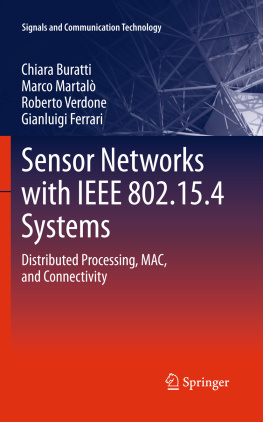

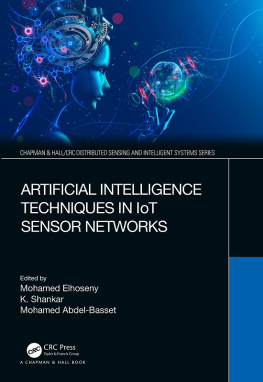


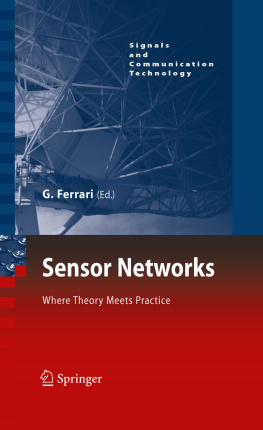
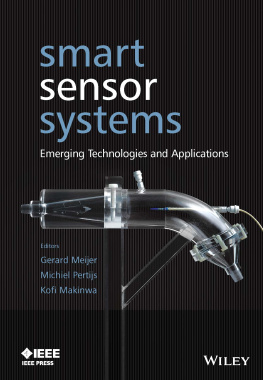
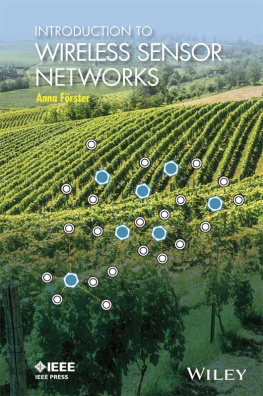
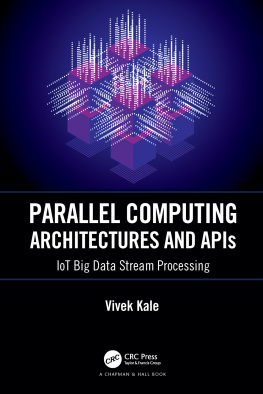

 (sometimes denoted as
(sometimes denoted as  or
or  ) that can use it locally or is connected to other networks (e.g., the Internet) through a
) that can use it locally or is connected to other networks (e.g., the Internet) through a  . The nodes can be stationary or moving. They can be aware of their locations or not. They can be homogeneous or not. Monitoring and communication are performed cooperatively by the nodes.
. The nodes can be stationary or moving. They can be aware of their locations or not. They can be homogeneous or not. Monitoring and communication are performed cooperatively by the nodes.